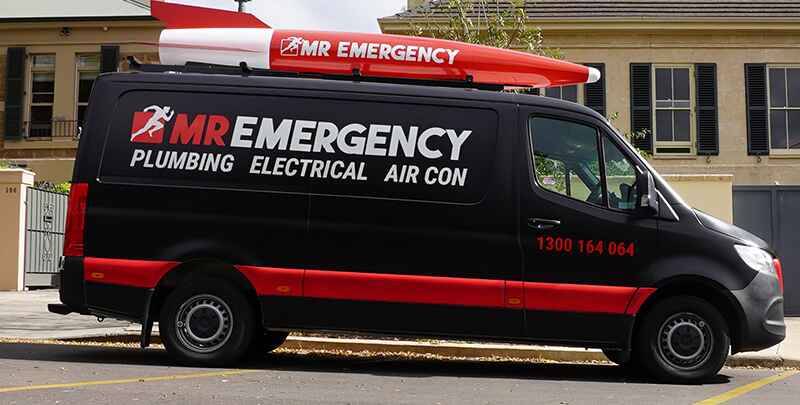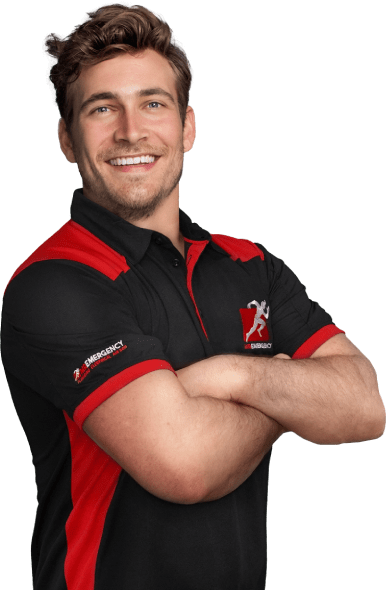
Why Knowing the Types of Ducted Heating Matters
With so many options out on the market, choosing between the different types of ducted heating for your home can be a challenge. It doesn’t matter if you’re building a new home from scratch or simply upgrading an existing heating system that has perhaps seen better days. Finding the right heating system matters for comfort, energy efficiency and long-term savings on energy bills.
The varied climate conditions across the country mean that homes across Australia come with equally varied heating needs. A reliable ducted heating system can keep your whole house warm in winter, and when paired with the right cooling system, comfortable all year round with cold air for the summer.
From gas ducted heating systems to reverse cycle air conditioners, knowing your options can help you manage running costs while improving your home’s energy performance.
What Is Ducted Heating and How Does It Work?
Before we look closer at the different types of ducted heating systems on the market, let’s first look at how ducted heating (also known as central heating) works.
Ducted room heating sends warm air throughout your home via a network of ducts, usually in the roof or under the floor. At the heart of the system is a central ducted heating unit, also usually housed in the roof.
This unit typically runs on natural gas or electricity and uses a heat exchanger or electric element to heat your home. It sends the heated air through the ducts and releases it into each room through vents, while a return air grille helps circulate the air with optimal efficiency and effectiveness.
Designed to heat the whole house, installing ducted heating offers a wealth of benefits for anyone wanting consistent comfort.

Type 1: Gas Ducted Heating Systems
Ducted gas heating systems are one of the most popular choices for Australian homes, especially in the colder southern regions of the country.
As we know, the central heating unit in the roof space, or occasionally installed outside, warms the air through a natural gas-powered heat exchanger. Because they deliver strong, consistent heat, a ducted gas heater is perfect for keeping the chill out in winter. They’re also known for their energy efficiency and lower running costs compared to many electric heating options.
With modern models offering zoning and improved energy ratings, a ducted gas heating system provides powerful, cost-effective and efficient heating when you need it most.
Type 2: Ducted Reverse Cycle Air Conditioning
Ducted reverse cycle air conditioning provides both heating and cooling in a single system. It uses heat pump technology to draw warmth from the outside air in winter and expel it in summer, delivering climate control through the very same ducts. No other ductwork needed!
This type of air conditioning system consists of indoor and outdoor units that work together to keep your desired temperature in every room. Unlike gas ducted heaters, a reverse cycle system is entirely electric. It’s perfect for homeowners who want just one system for the whole house, and it can also help reduce energy consumption and maintenance.
Type 3: Electric Ducted Heating Systems
Perhaps one of the less-common types of ducted heating options you’ll find in homes across Australia is electric ducted heating systems. These use an electric element to heat air, which then gets circulated through ducts to warm the entire home.
These systems are a good option for homes without natural gas and have lower installation costs compared to gas ducted systems.
While they can generate heat quickly, the higher energy consumption often results in higher running costs. But a little tip: pair your electric ducted heating system with solar power or an off-peak electricity plan, and it can become a drastically more energy-efficient option!
Electric ducted systems are best suited for smaller homes with less extreme heating demand. They also integrate seamlessly with cooling systems, making them a flexible, all-electric solution.
Ducted Heating Systems Comparison
Ultimately, choosing between the different types of ducted heating systems comes down to your home’s needs, climate and budget. Each option has its pros and cons, and understanding them will help you make a more informed decision.
Here’s a quick comparison to help you make an informed choice:
- Energy efficiency: Reverse cycle systems win here, especially in milder climates.
- Running costs: Sustainability Victoria suggests that, as of January 2025, reverse cycle systems are now cheaper to run than ducted gas heating systems, even in the state’s chilliest regions.
- Installation costs: Electric systems are typically cheaper upfront, but heating costs may be higher.
- Heating performance: Gas ducted systems deliver fast, strong heat in cold conditions.
- Cooling integration: Only ducted reverse cycle air conditioners provide heating and cooling.
- Best for: Gas for cold areas, reverse cycle for year-round air conditioning, and electric for smaller spaces.
Taking the time to choose the right system for your lifestyle and location will pay off in comfort and lower bills in the long run.

Why You Need a Licensed Technician for Installation
Calling on a licensed technician to install your ducted heating system isn’t just a good idea, it’s essential. No matter what type of system you’re installing, proper installation ensures it will run safely, efficiently and to Australian standards.
A qualified installer will size your ducted system, optimise airflow through the ducts and return air grille and ensure there are no heating problems like gas leaks or hot surfaces. DIY jobs or cheap shortcuts can lead to higher energy consumption, uneven heating and costly repairs.
It’s also worth noting that professional installation also protects your warranty, is less likely to risk your home insurance, and gives you peace of mind that your heating system is built to last.
The Importance of Maintenance for Your Ducted Heating System
Whether you have electric or gas ducted heating, or reverse cycle air conditioning, regular maintenance is crucial to keep your ducted heating running efficiently and safely. For all types of ducted heating systems, we recommend:
- Cleaning or replacing filters every few months for good air quality and airflow.
- Scheduling professional servicing at least once a year (just before winter is best)
- Conducting safety checks for gas ducted heating systems to prevent carbon monoxide leaks or debris in vents.
Maintenance extends the life of your system and keeps your bills down by improving energy efficiency.
Enjoy Ducted Heating Throughout Your Home
Exploring the different types of ducted heating systems can make a big difference to your comfort, energy use and long term savings.
Whether you go with a gas ducted heater, a ducted reverse cycle system or an electric option, the key is to match the system to your home’s size, climate and heating needs. For colder areas, gas ducted heating is a reliable and cost-effective option. In milder areas, reverse cycle air conditioning offers year-round comfort in one system.
Don’t forget energy efficiency and professional installation when weighing up heating options. With the right setup you’ll get consistent warm air, lower bills and a warm home even on the coldest winter days.
Please note: Thanks for reading our blog “What are the Different Types of Ducted Heating Systems?” This information is provided for advice purposes only. Regulations differ from state to state, so please consult your local authorities or an industry professional before proceeding with any work. See our Terms & Conditions here.


